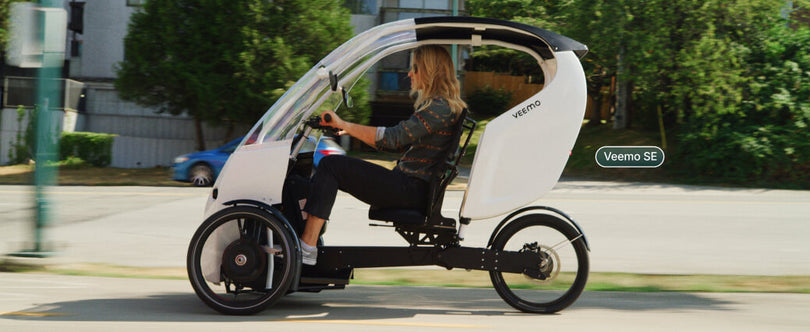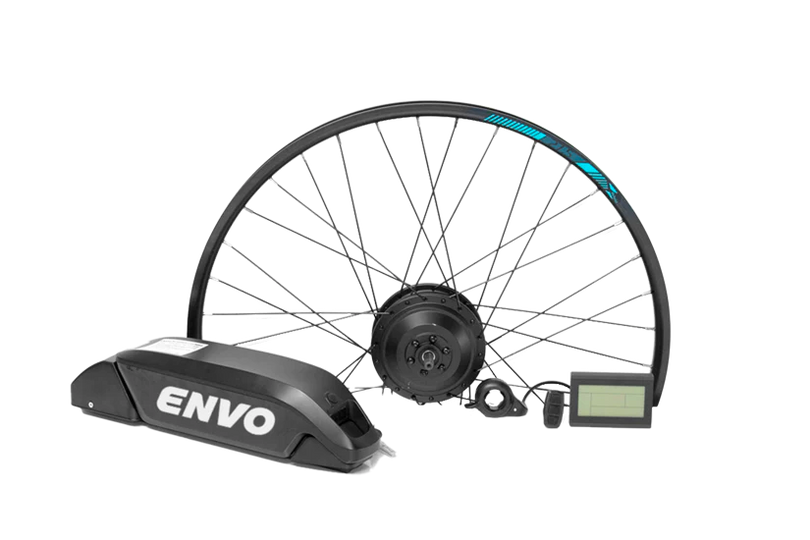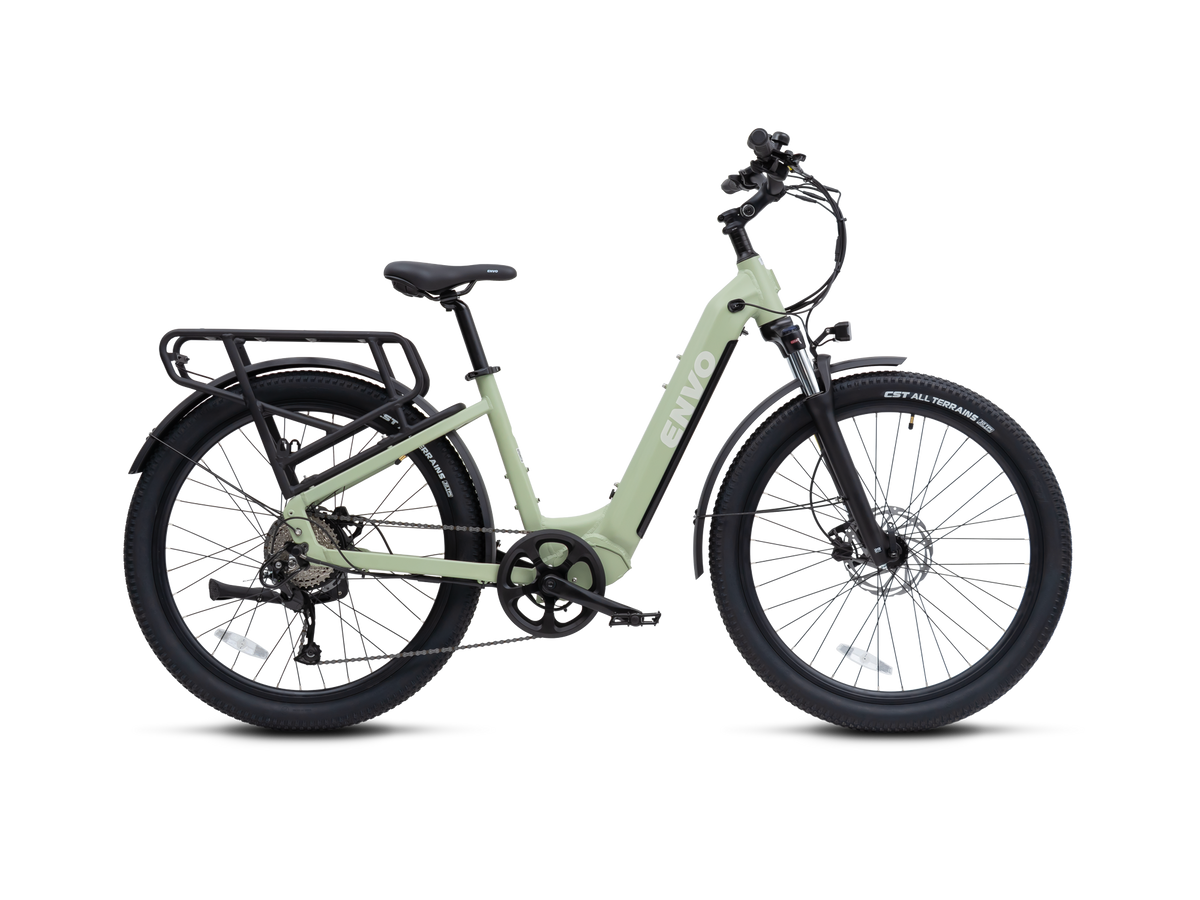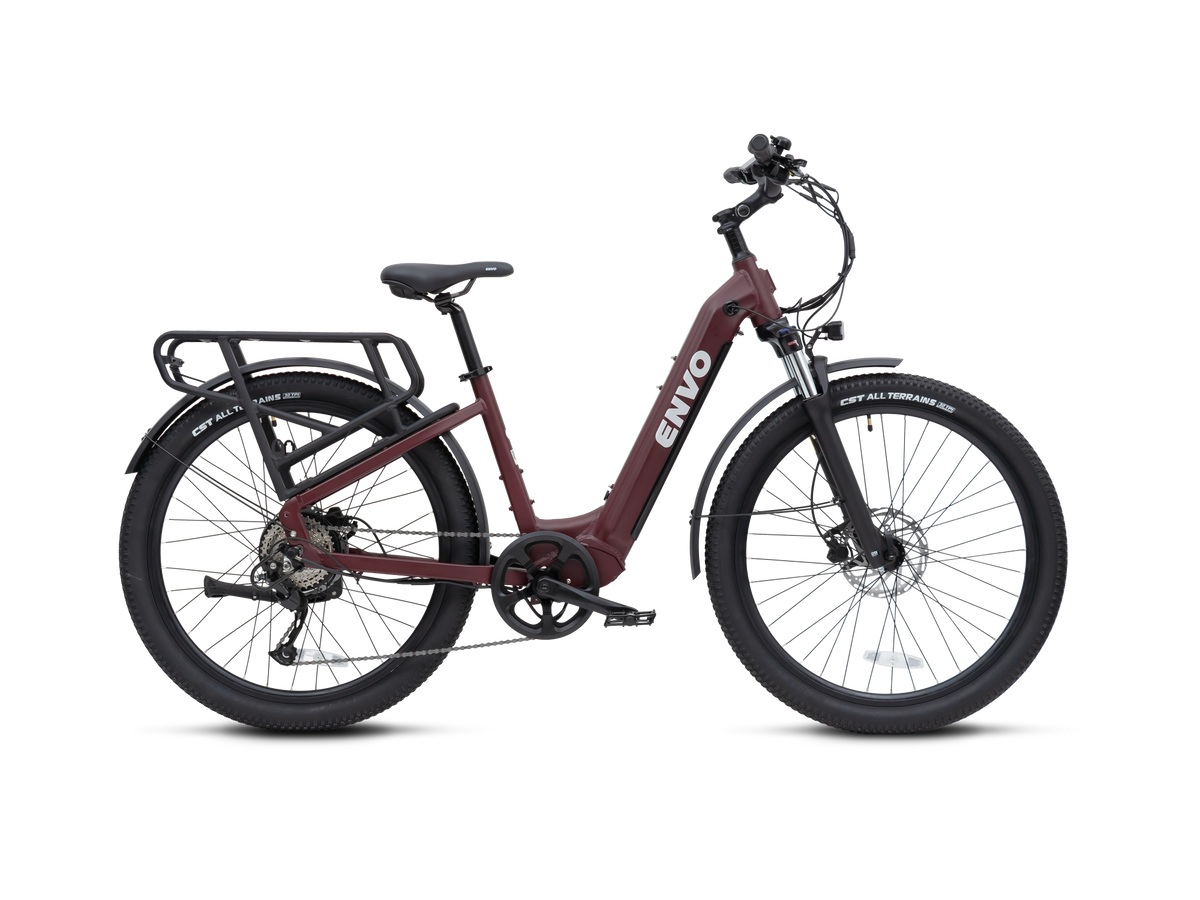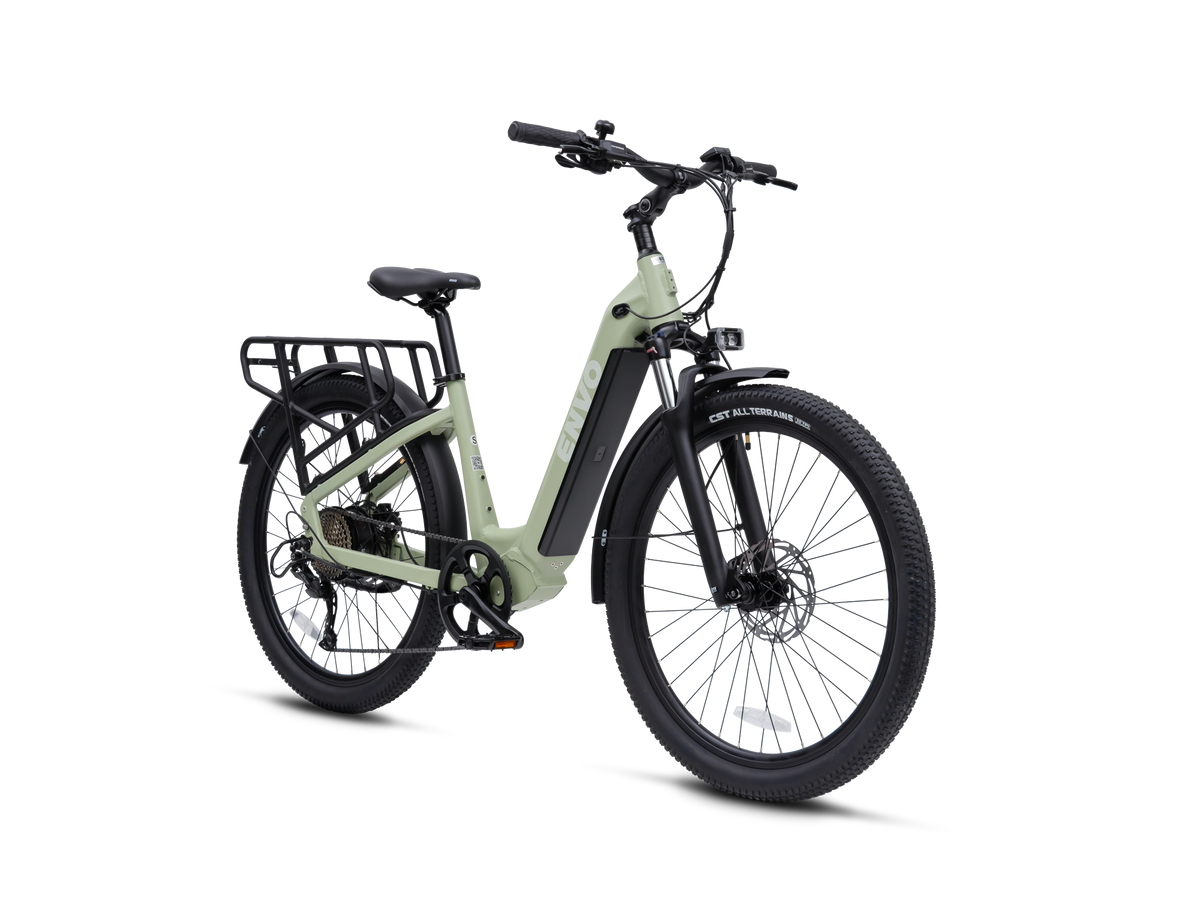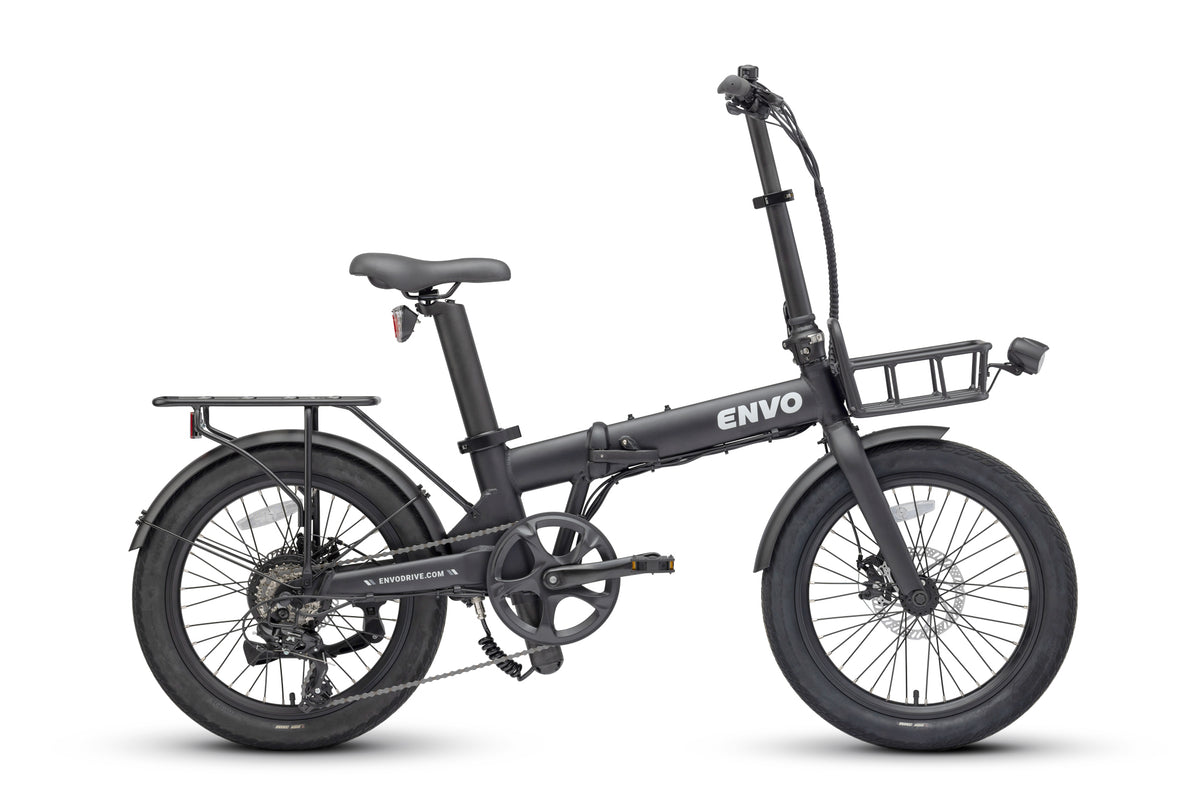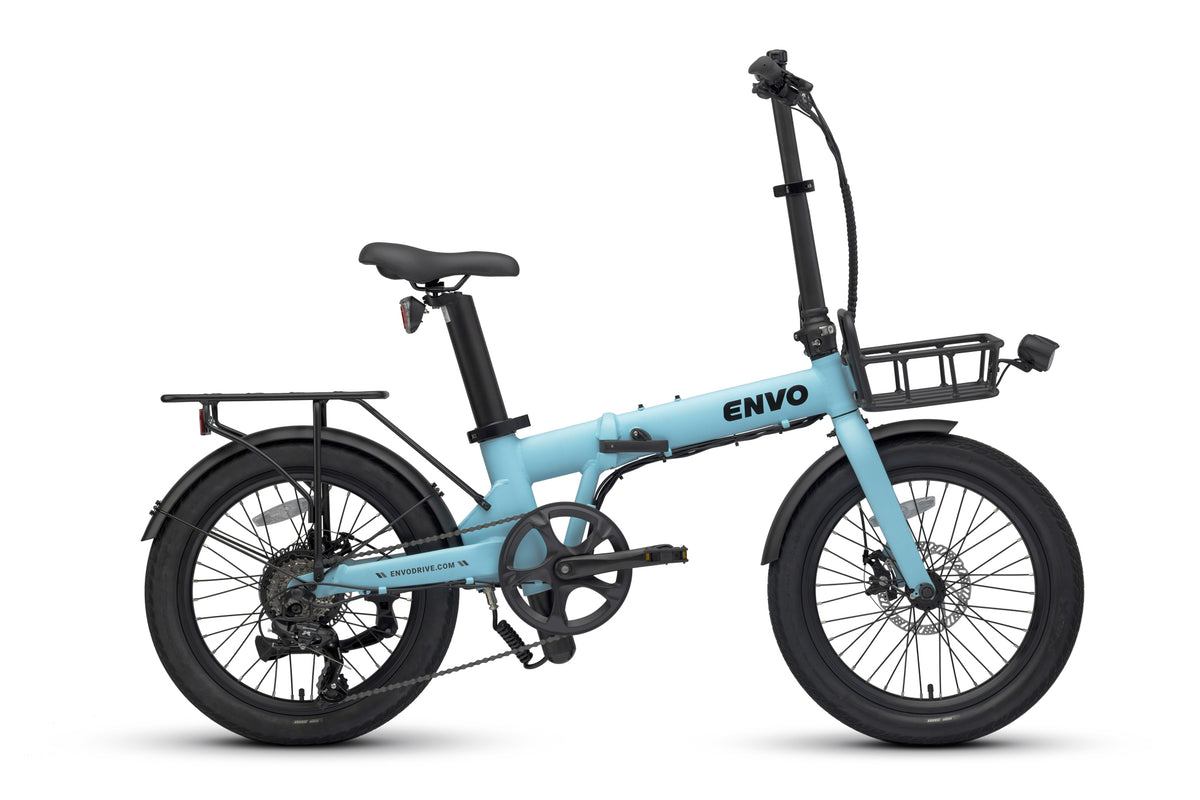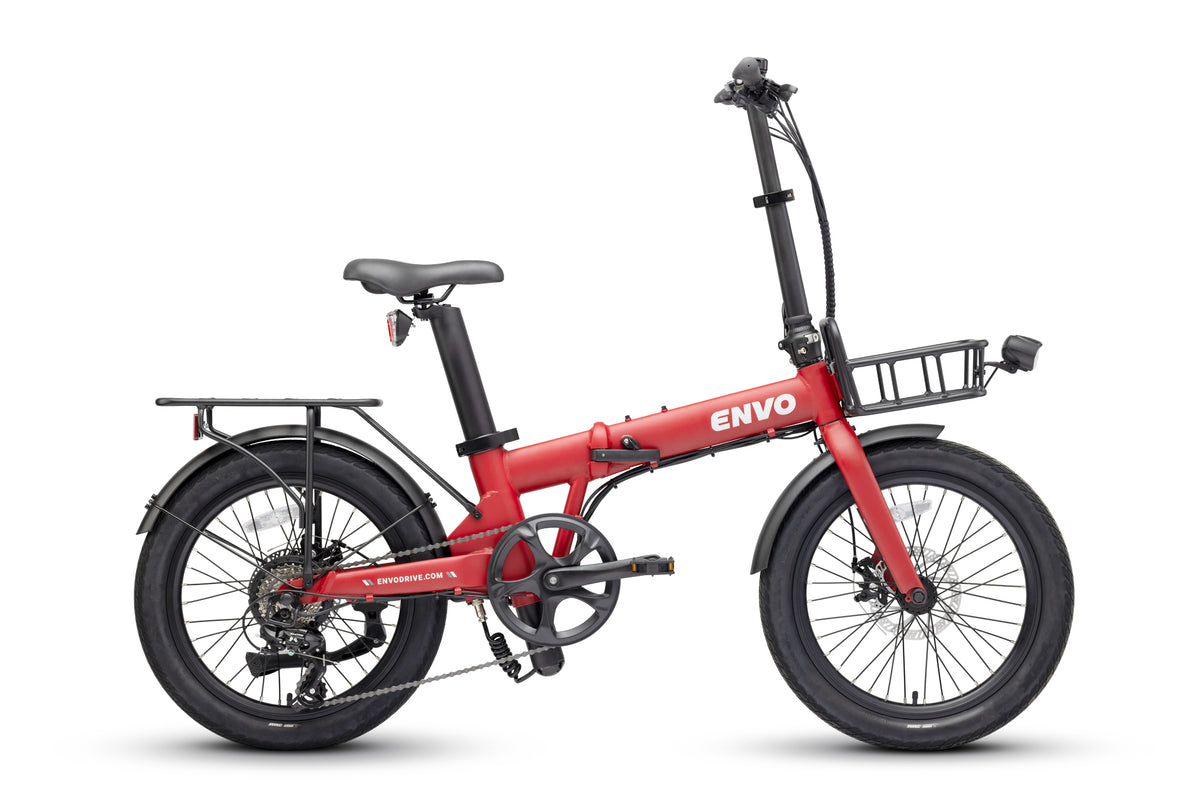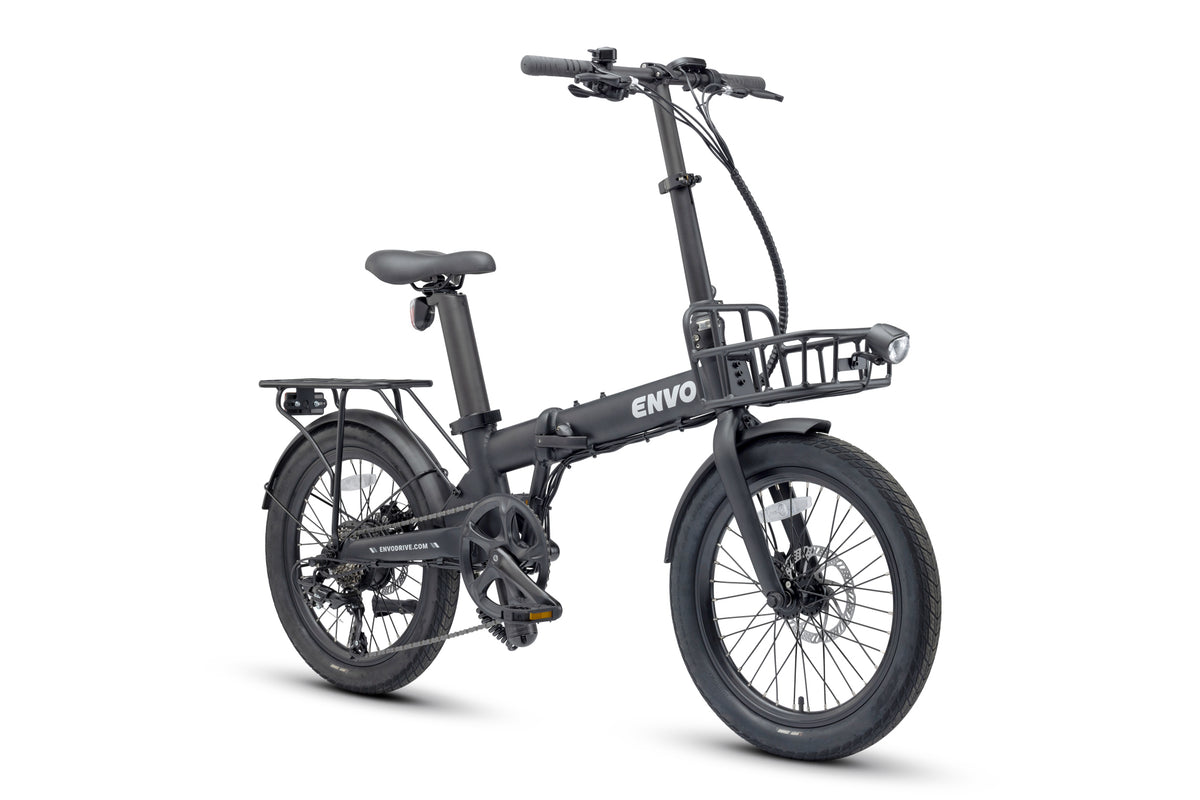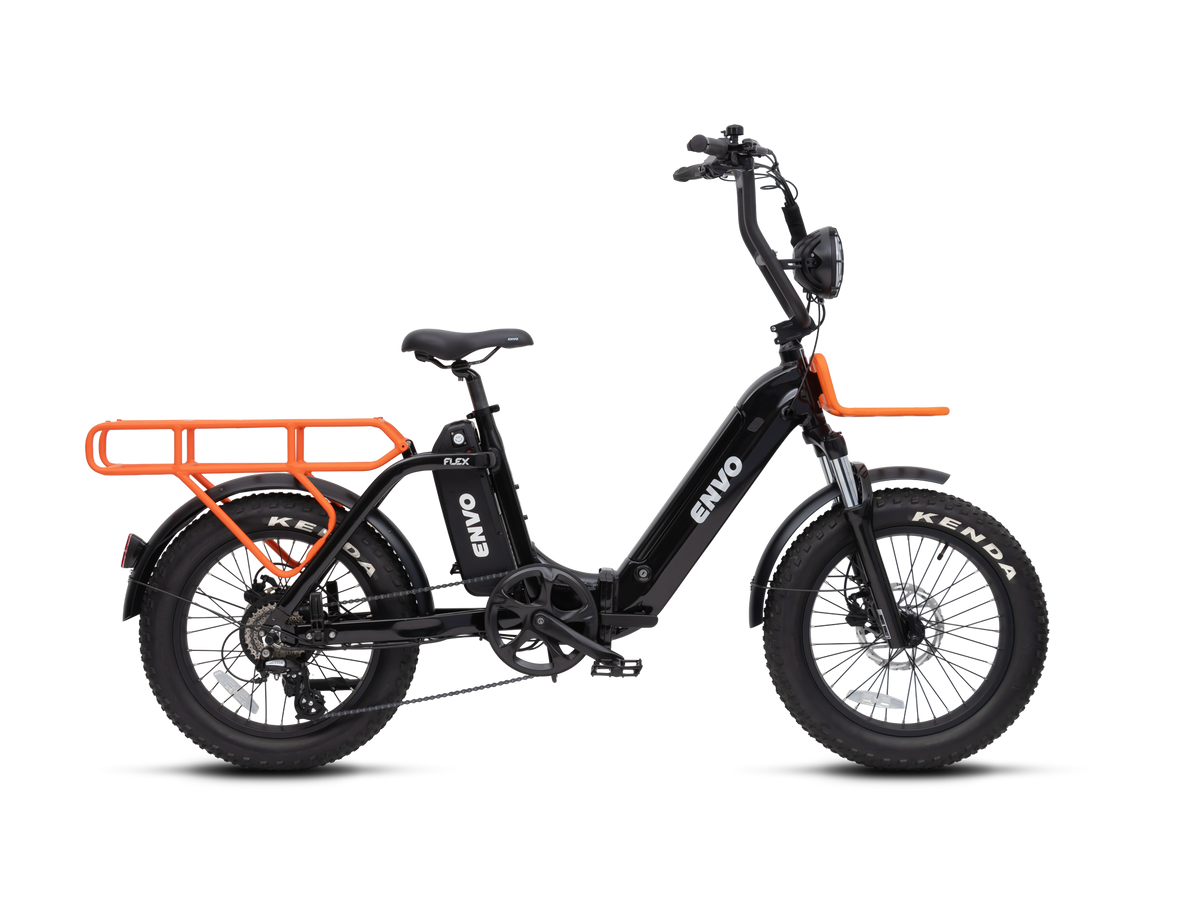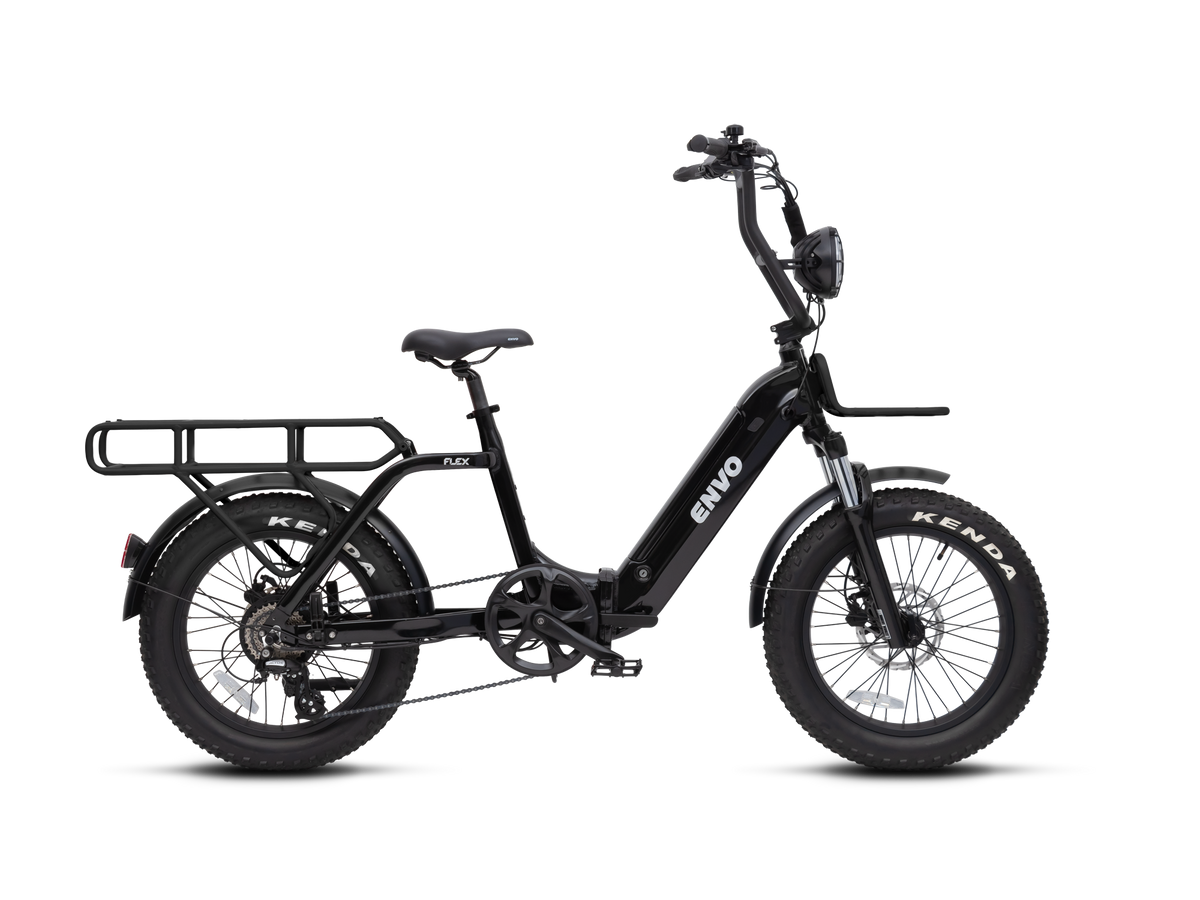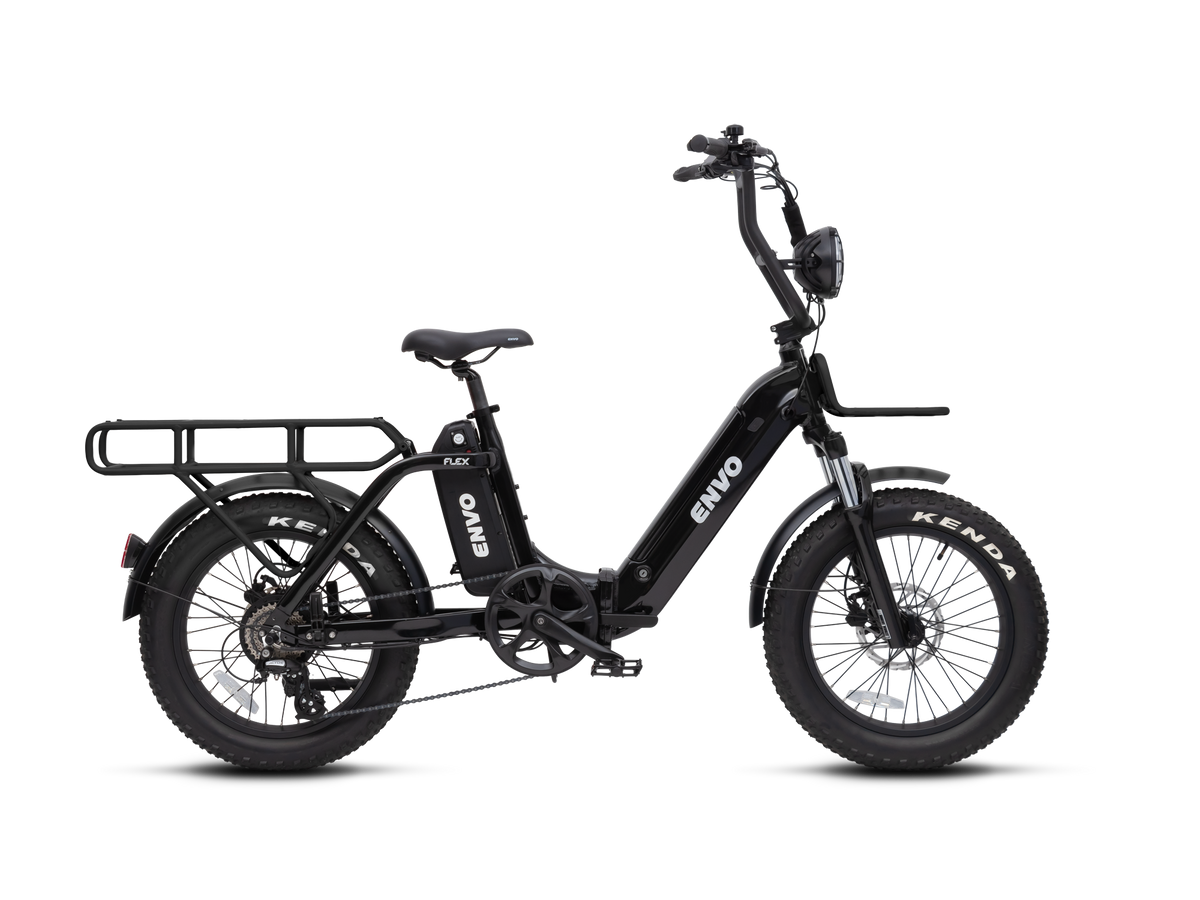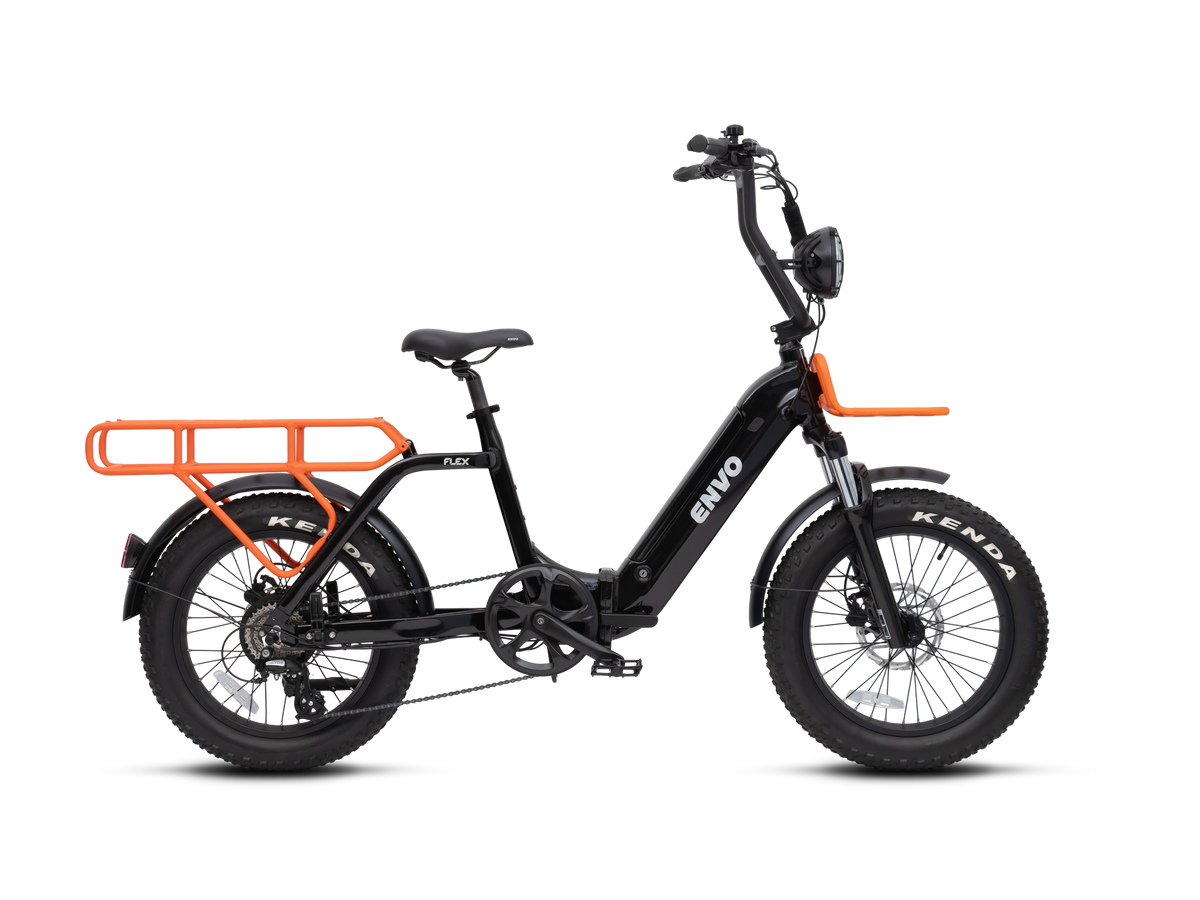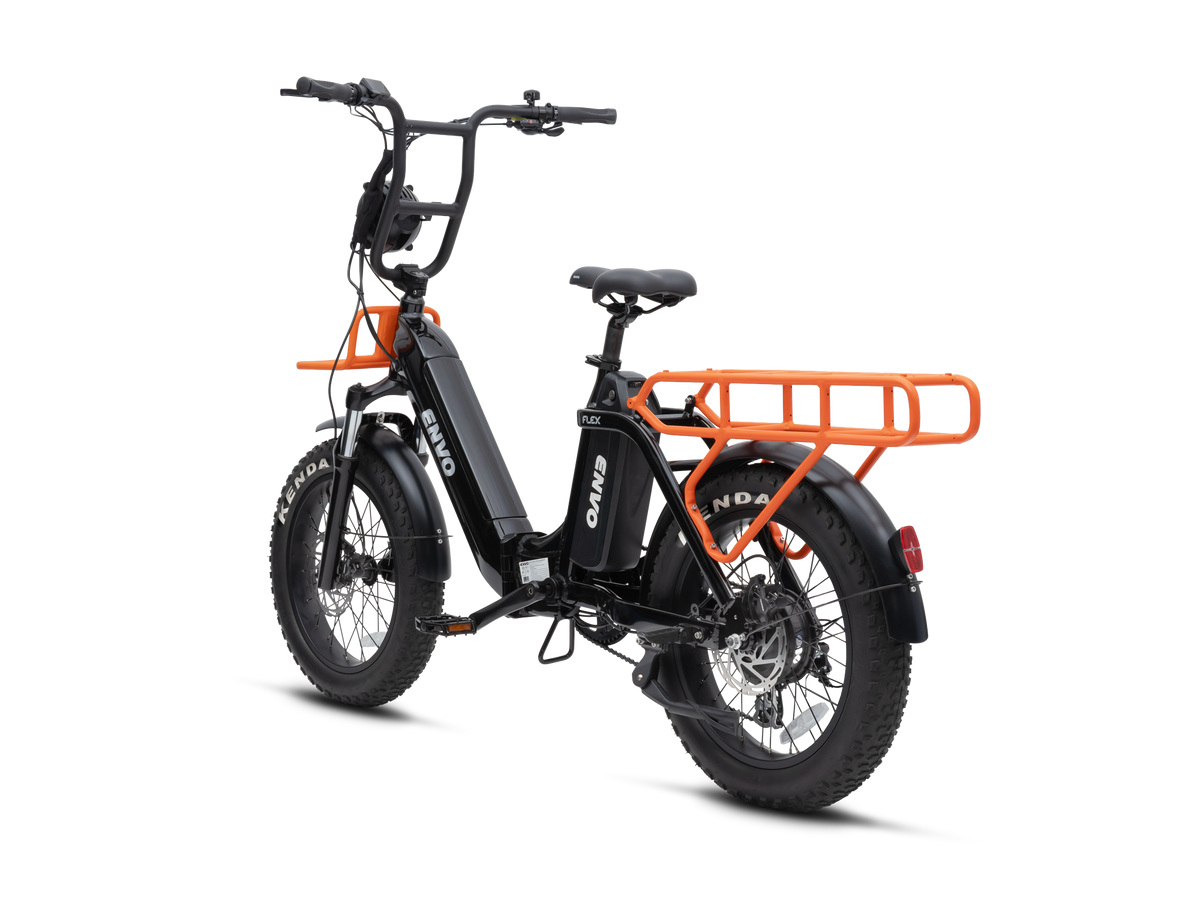In the last few years, electric bikes have increased in popularity however, they are far from being a new invention or concept. The history of electric bikes dates back to the 1800’s- which means it’s about a 222-year-old invention. Bike gurus of the past had a dream to make commuting easier. Their motivation helped shape the design and development of ebikes today. Without their failures and success, electric bikes wouldn’t be as advanced as they are. Since the very first electric bike invention to cycling pioneers, engineers and inventors around the world have been improving this mobility device turning it into a high-powered electric beast. Let’s travel back in time and look at the origins of the electric bike.
Electric Bike Origins
The Early Days
The electric bike was first developed in 1870 by two inventors who used a steam engine with an internal combustion engine. Later in the 1890s, electric bicycles were documented with several U.S patents. In 1895 Ogden Bolton Jr. received the patent for a battery-powered bicycle with a 6” pole brush and direct hub motor connected to the rear wheel. Bolton’s bike had no gears, and the motor could only power up to 100 amperes from a 10-volt battery. Later in 1897, Hosea W. Libbey improved the electric bike, designing it with dual motors and batteries. His idea was that only one battery would work on a flat road, but when climbing a hill the second battery would initiate. This was one of the first versions of an electric bike controller. This invention was dubbed the ‘double electric motor.’ Libbey’s creation accompanies similar design principles of modern-day mid-drive motors we see on bikes today.
One year later in 1898, Matthew J. Steffens patented his design of a rear-wheel-drive electric bike with a driving belt on the outer edge of the wheel. Subsequently, In 1899, a patent was given to John Schnepf for his design of a ‘roller-wheel’ style rear-wheel-driven bike. Schnepf’s design was further redesigned by G.A. Wood Jr in 1969. Wood’s version included a range of gears and used four fractional horsepower motors. However, all these inventions had a flaw- the batteries were heavy and enormous. 50 years later, Jesse D. Tucker was given a patent for a motor that uses internal gearing, allowing one to freewheel. Meaning a rider had the option of choosing to use the pedals in conjunction with the electric motor or not.

1990s Evolution of the Electric Bike
The Turn Of the 20th Century
In the 1900s, electric bikes were starting to revolutionize, torque sensors and power controls were emerging. Michael Kutter developed the first ‘pedelec’- now known as pedal assistance. Kutter assisted the Velocity Company in developing the Dolphin Electric Bike in 1992 for consumers. This technology has become a standard for modern electric bikes. Some companies will incorporate a throttle, pedal-assist or both technologies into their designs. From 1993 to 2004, data shows a growth of 35% in electric bike manufacturing.

Electric bikes continue to evolve with engineers developing new patents working off improving the ideas from our predecessors. In the 21st century, continued improvements were made. Large lead-acid batteries were replaced with NiCD or Li-ion batteries to increase range and capacity while keeping the overall weight low. Every day the technology of electric bikes increases with innovations in all domains of emobility. With increased carbon emissions, our goal is to design electric bikes that can suitably replace cars on the road. With all the benefits electric bikes provide, they will continue to grow in popularity over the years. If you’re looking for a new ride check out our selection of ENVO electric bikes.


